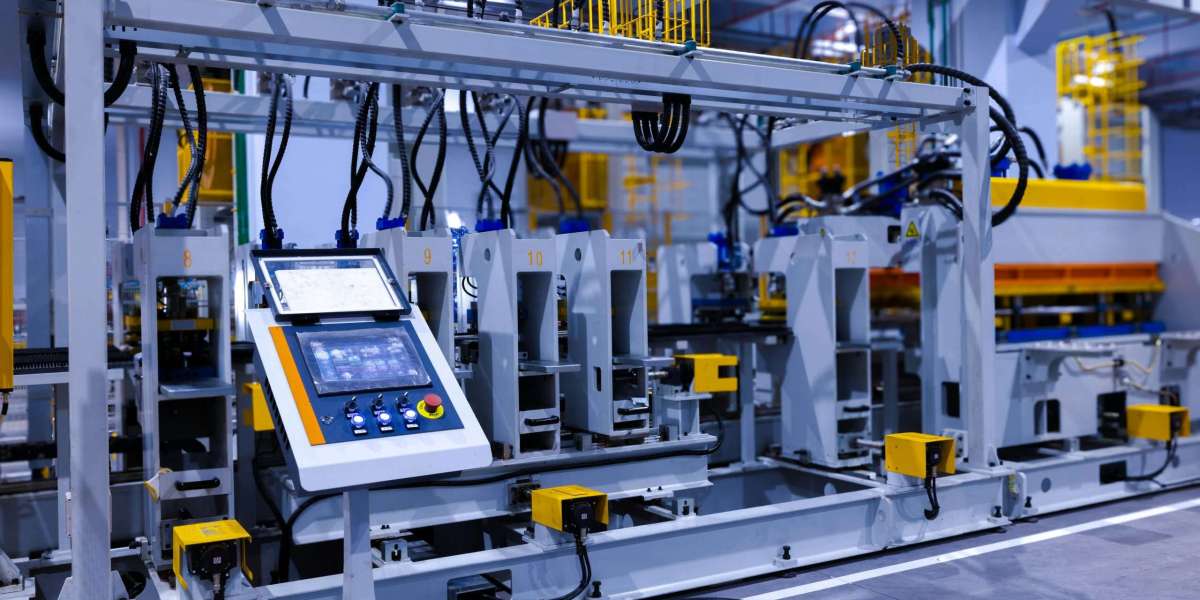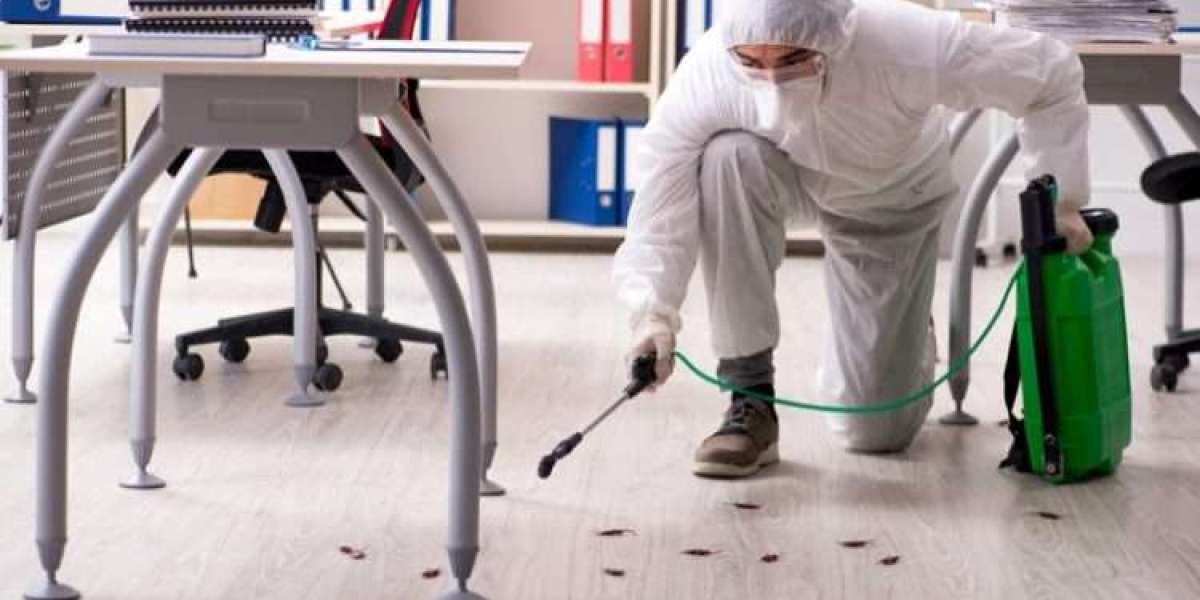Choosing between CNC machining and 3D printing depends on part requirements, tolerances, materials, budget, and lead time.
Both manufacturing methods are widely used in prototyping and production, but they differ significantly in how parts are built, what materials they support, and what applications they suit best.
In this guide, you'll learn the key differences between CNC and 3D printing, when to use each, and how to evaluate them based on real-world project needs.
What Is CNC Machining?
CNC machining is a subtractive manufacturing process where computer-controlled tools remove material from a solid block (also known as a workpiece).
CNC stands for Computer Numerical Control. It involves generating toolpaths from a CAD model, then executing precise operations like milling, drilling, turning, or cutting using metal or plastic stock.
CNC machining is ideal for parts that require:
Tight tolerances (±0.01 mm or better)
Smooth surface finishes
High mechanical strength
Functional testing or end-use performance
Common CNC materials include aluminum, stainless steel, titanium, PEEK, ABS, and polycarbonate. CNC supports both prototyping and full-scale production runs.
You can explore professional CNC machining services for everything from prototypes to production-grade parts.
What Is 3D Printing?
3D printing, also known as additive manufacturing, builds parts layer-by-layer from digital files.
There is no cutting or milling—instead, the printer deposits or fuses material to form the final shape.
Common 3D printing technologies include:
FDM (Fused Deposition Modeling): Thermoplastic filament extrusion
SLA (Stereolithography): UV-cured liquid resin
SLS (Selective Laser Sintering): Powder-based laser sintering
DMLS (Direct Metal Laser Sintering): Metal powder fused by laser
3D printing is favored for its speed, low setup cost, and ability to create complex geometries—especially internal cavities, lattice structures, and organic shapes.
Key Differences: CNC Machining vs. 3D Printing
| Feature | CNC Machining | 3D Printing |
|---|---|---|
| Process Type | Subtractive (material is removed) | Additive (material is built up) |
| Setup Time | Moderate (CAM programming, fixturing) | Minimal (mostly digital) |
| Geometric Complexity | Limited by tool access | High—supports overhangs, lattices |
| Surface Finish | Smooth, precise | Layered, may require post-processing |
| Tolerances | ±0.01 mm or better | ±0.1 mm typical |
| Materials | Broad: metals, plastics, composites | More limited, varies by printer type |
| Mechanical Strength | High (machined from solid stock) | Lower (anisotropic strength in layers) |
| Cost Efficiency | Better for medium to high volumes | Best for low volume and prototyping |
| Part Size Limitations | Limited by machine bed | Limited by build chamber |
When to Choose CNC Machining
CNC machining is the right choice when parts must meet functional, mechanical, and dimensional performance standards.
It is widely used in aerospace, automotive, robotics, defense, and medical device manufacturing.
Use CNC machining if:
You need tight tolerances or critical dimensions
Surface finish and visual quality are important
Parts must endure thermal, mechanical, or chemical stress
You need strong parts in engineering metals like aluminum or titanium
You're scaling up from prototype to production
The part geometry is relatively simple or has clear tool access
For example, a surgical tool, engine bracket, or precision optical mount is best produced using CNC machining due to the demands on fit, durability, and regulatory compliance.
When to Choose 3D Printing
3D printing is preferred for prototypes, visual models, and geometries that would be expensive or impossible to machine.
It excels in early-stage design testing and product iterations. Additive manufacturing is commonly used in industrial design, architecture, healthcare, and consumer electronics prototyping.
Use 3D printing if:
You need fast turnaround for concept validation
The part includes internal channels or lattice structures
You're producing a low-volume batch (1–10 units)
The geometry is too complex or curved for machining
Cost and speed are more important than precision or strength
You’re testing ergonomics or product fit before tooling
Examples include display models, casings, early-stage hardware prototypes, and customized components.
Material Capabilities
CNC machining supports a wider and more robust range of materials.
It can process hard metals, engineered plastics, and heat-resistant alloys used in real-world production.
CNC-Compatible Materials:
Metals: Aluminum, Steel, Stainless Steel, Titanium, Brass
Plastics: ABS, PEEK, Nylon, Polycarbonate, PTFE
Composites: G10, fiberglass, carbon fiber laminates
3D Printing Materials:
Thermoplastics: PLA, ABS, PETG, Nylon
Resins: Standard, flexible, high-temp (SLA)
Powders: Nylon (SLS), TPU
Metal powders: Stainless Steel, Titanium (DMLS)
Note: 3D-printed parts often exhibit anisotropic strength—stronger in-plane, weaker between layers.
Cost Considerations
Cost varies based on complexity, quantity, material, and turnaround time.
CNC machining has higher setup and material waste, but becomes cost-efficient at volumes of 10+ units
3D printing is ideal for 1–10 pieces, especially for complex or organic shapes that would be expensive to machine
| Project Volume | CNC Machining | 3D Printing |
|---|---|---|
| 1–5 units | Higher unit cost | Cost-effective |
| 10–100 units | Efficient | Moderate |
| 100+ units | Very efficient | Less cost-effective |
Lead Times
CNC prototypes can be ready in 1–5 business days depending on material and complexity
3D printing may deliver parts in as little as 24–48 hours for simple geometries
However, for production-ready parts with tight tolerances, CNC machining remains the faster option since post-processing of 3D prints may add extra time.
Hybrid Workflows: The Best of Both
In many cases, the best solution is a combination of both technologies.
For example:
Use 3D printing to create a conceptual prototype or internal support structure
Follow with CNC machining to add critical features like threads, bearing surfaces, or sealing zones
Hybrid workflows are common in aerospace, medical, and industrial design fields where time-to-market and mechanical reliability must be balanced.
Final Verdict: Which Should You Choose?
| If your part requires… | Choose… |
|---|---|
| Tight tolerances and smooth finishes | CNC Machining |
| Lightweight, internal geometries | 3D Printing |
| High mechanical load or temperature resistance | CNC Machining |
| Fast prototyping or visual models | 3D Printing |
| Engineering-grade metals and plastics | CNC Machining |
| Low-volume, cost-sensitive runs | 3D Printing |
Ultimately, the right choice depends on your specific project goals. If you need a strong, functional, production-grade part—CNC machining is the better option. If you’re exploring form, fit, or low-risk early testing, 3D printing may offer faster and more cost-effective results.
For prototyping and production-quality machining, expert CNC machining services offer precision, speed, and material flexibility to meet your part requirements.



